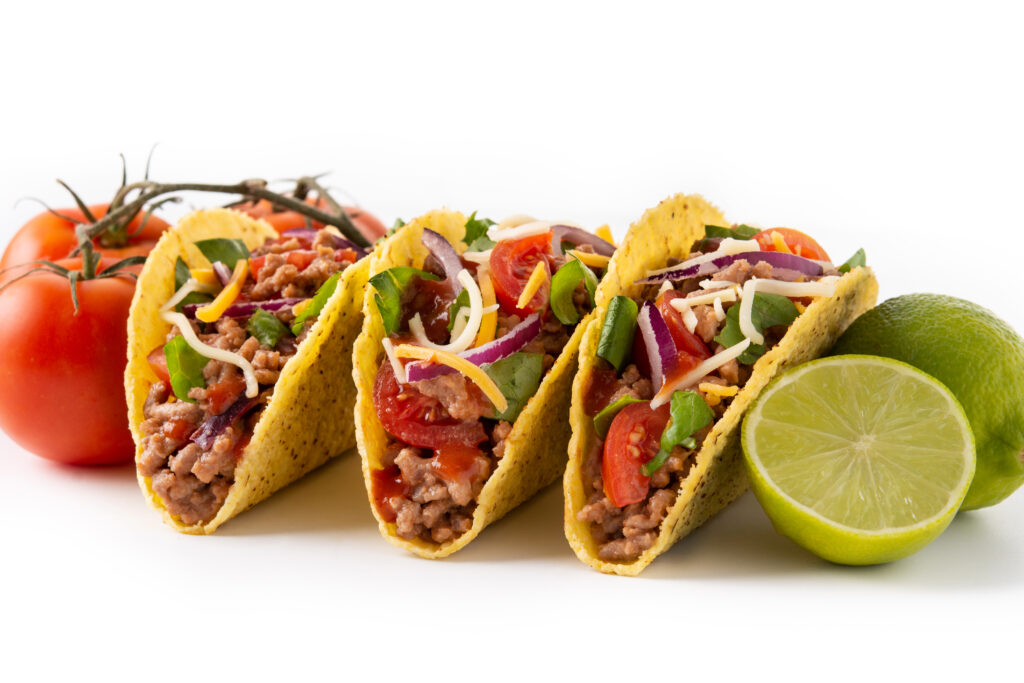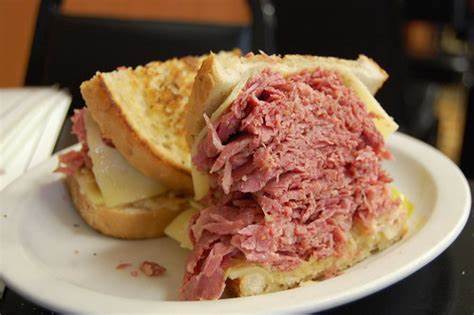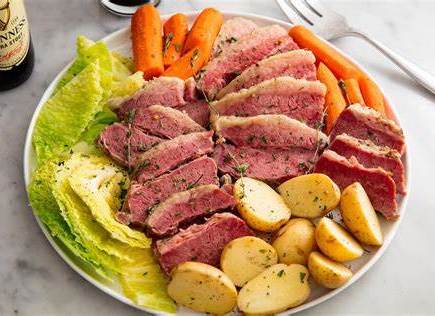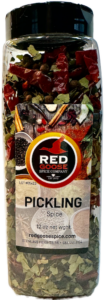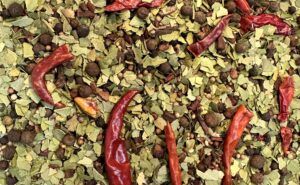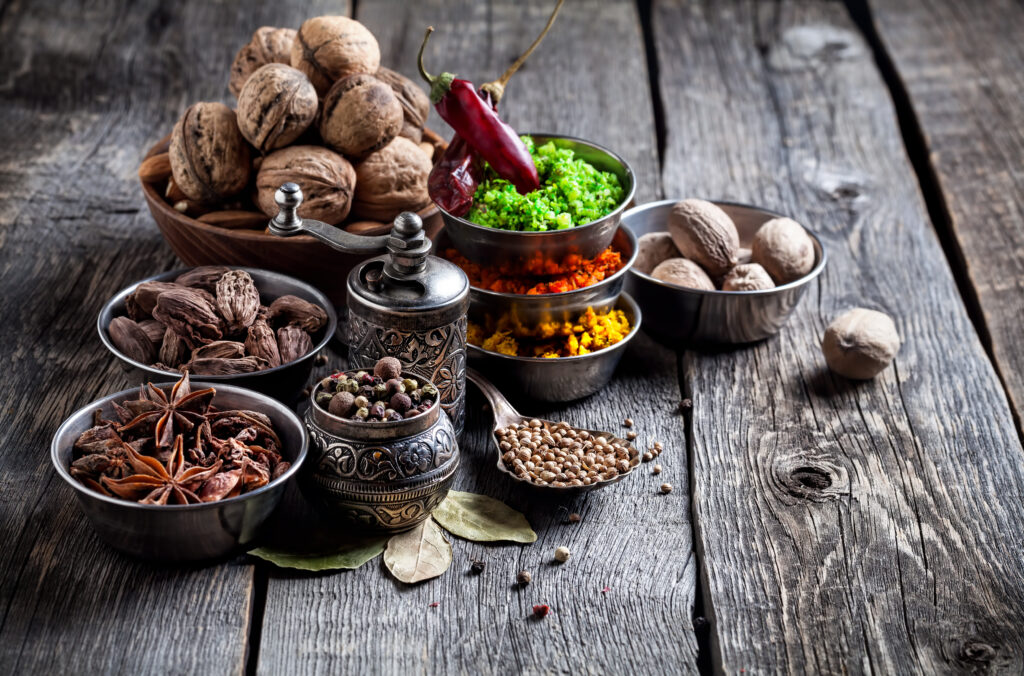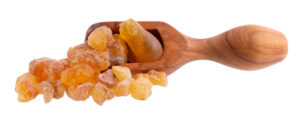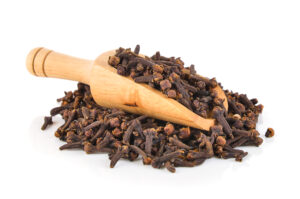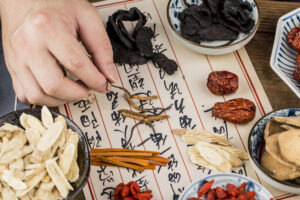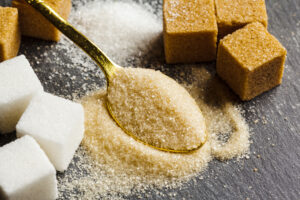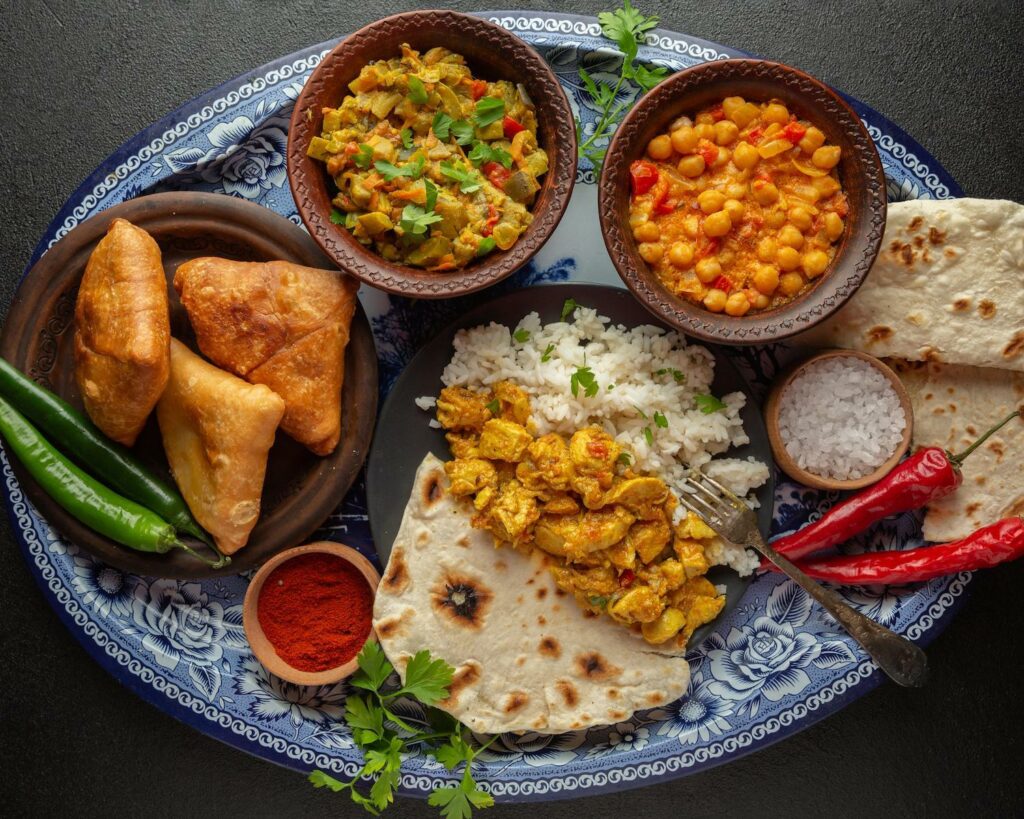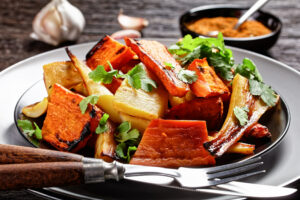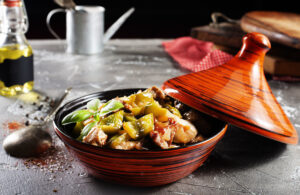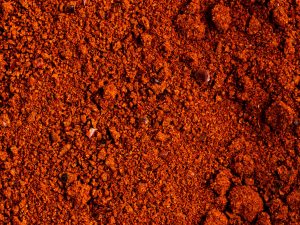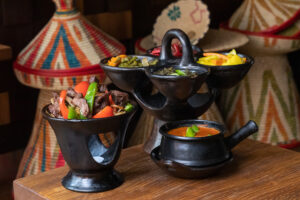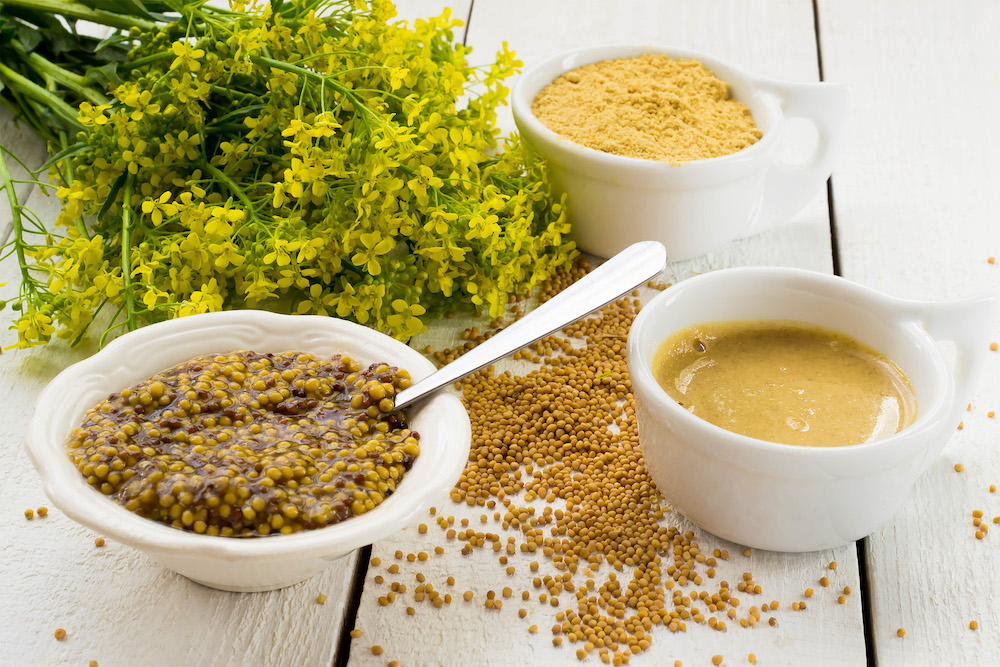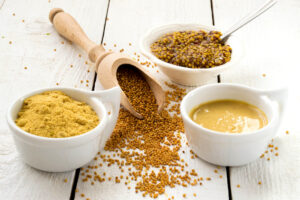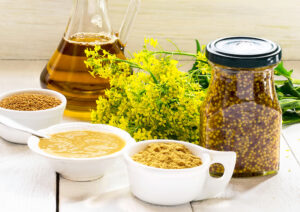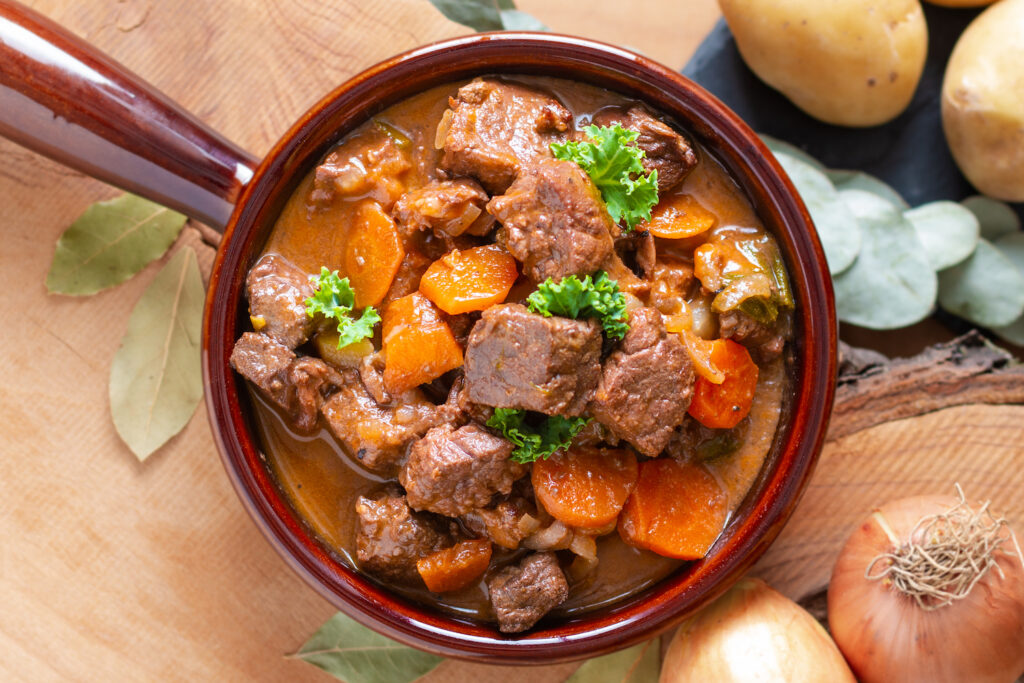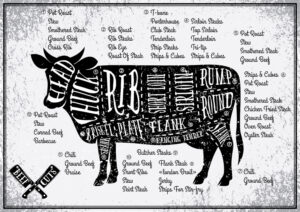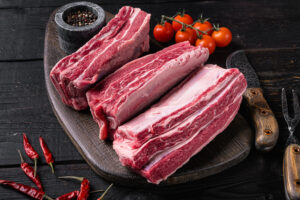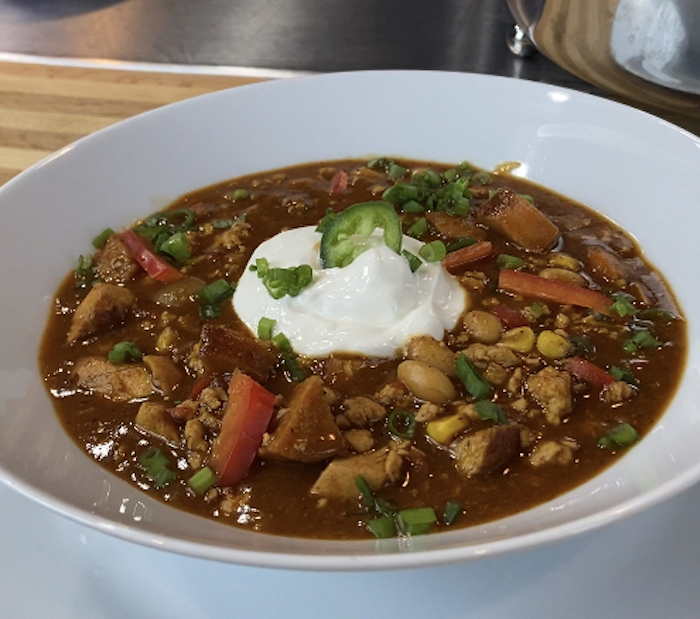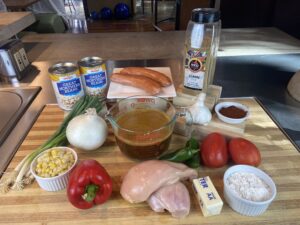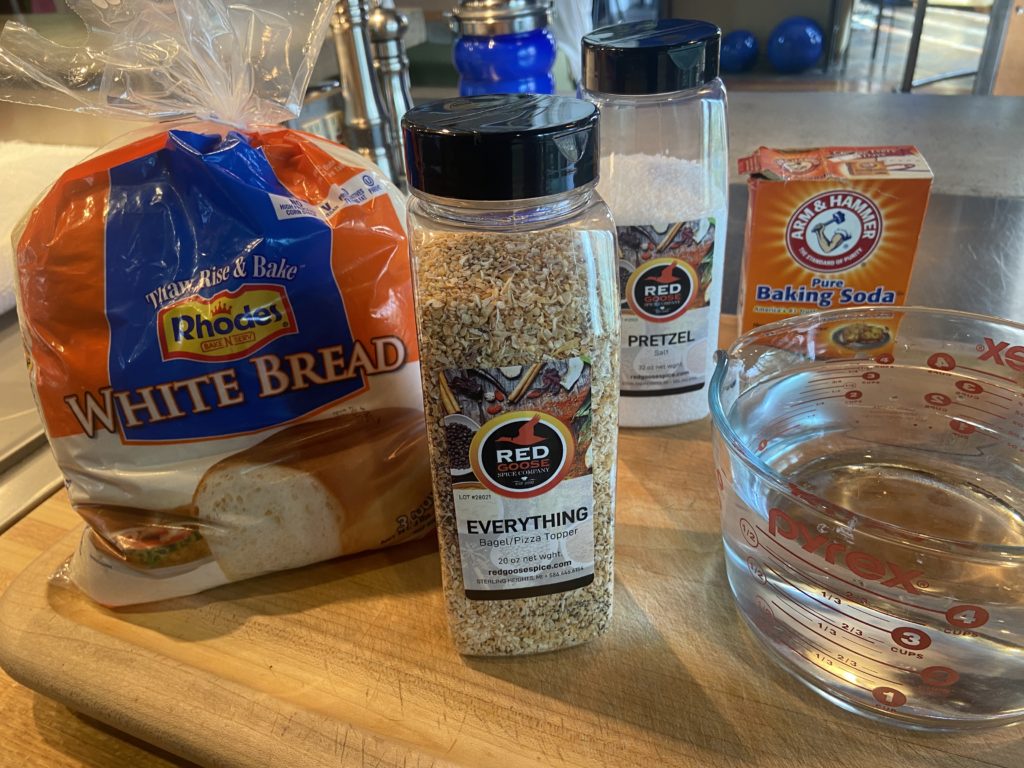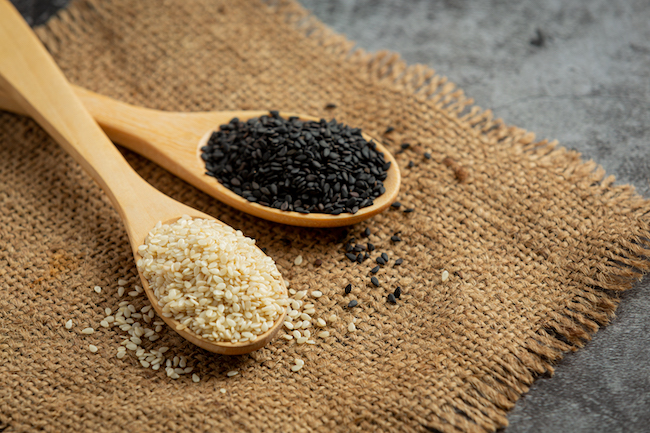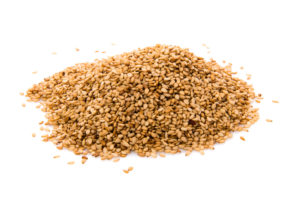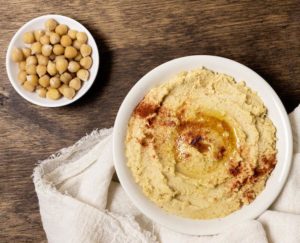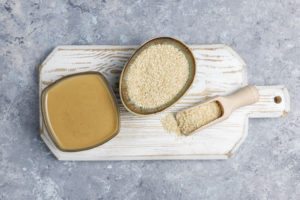Taco Bell, Qdoba, Chipotle’s, On the Border, Moe’s and all the independents…
One thing is quite obvious.
Aside from pizza, Mexican / Southwest / Tex-Mex / Hispanic foods favorites are THEmost home-delivered meals, coast to coast.
Ask any Uber Eats or Door Dasher.
American’s just LOVE Mexican cuisine.
Or, is it really Mexican?
And, did we really think it was?
Does it really matter?
French Fries aren’t French, (they’re from Belgium), and the list of foods that don’tactually come from the countries that we think they come from, is a mile long (or a kilometer).
As we approach this year’s Cinco de Mayo, many America’s choose to celebrate the occasion by enjoying one of their favorite “Mexican” foods.

Ironically, even our understanding of the Cinco de Mayo celebration is a bit misplaced.
Cinco de Mayo, or the fifth of May, is actually a relatively minor holiday in Mexico.
It isn’t Mexico’s celebration of its independence from Spain, but rather the Mexican army’s May 5, 1862 victory over France at the Battle of Puebla during the Franco-Mexican War.
Mexico’s actually Independence Day, September 16th, is known as, 16 de Septiembre, which doesn’t have quite the same ring now does it?
Getting back to the food we associate with Mexico, while most of our favorites have their roots in Mexico, it probably comes as no surprise that American’s adapted much of Mexico’s “cultural cuisine” to suit our own tastes.
Many of these recipes came from Mexican’s themselves who immigrated to the U.S. southern states and cooked versions of their ancestral dishes with locally available ingredients.
All the while, adapting to the local tastes.
In some cases, it was the spices, the wraps (tortillas de harina), the combination of ingredients, or the maybe cooking methods.
Like the “original” pizzas from Naples, Italy, or the pasta that we also borrowed from Italy, (that in turn Italy borrowed from China centuries before), things evolve so fast in the food world that while we might give homage to its origins, we might not even recognize it.
Even if it could be delivered across centuries of time to eventually arrive at our front door, via door dash.
But for this exercise, let’s look at those iconic dishes that you’d be hard pressed to find in Mexico in the version that we enjoy them here in the states.
Here, they’re called Tex-Mex.
Before we begin down that trail, it’s understood that nearly anyplace in Mexico where there are American tourists, you’ll likely find hotels, resorts and restaurants who are catering to Americans who want American “style” Mexican cuisine.
Some tourists, never even leave their all-inclusives.
So sorry, Cancun may not actually count, unless you get off the island and into Ciudad de Cancun, the city, or, if you’re lucky enough to have a truly authentic Mexican Chef on your property.
Having said this, here are some examples of our American / Mexican favorites.
Hard Shell Tacos… You will find the smaller, soft flour tortillas or hand-made corn ones in Mexico, usually with braised meats, shredded cabbage, tomatoes and salsa but not the hard ones like we have in the states with ground beef. And generally, not the same fillings either. Most native Mexicans can’t understand our affection for these crunchy, hard to eat shells.
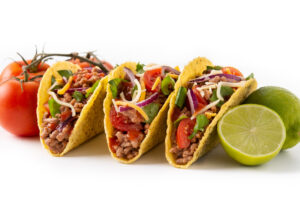
Burritos…The Burrito you enjoy for $5.99 is a completely an American invention. We like things super-sized with lots of wrap, not so much filling. We got it with Burritos. You can find a Burrito of sorts, in Mexico. You may not recognize it however.
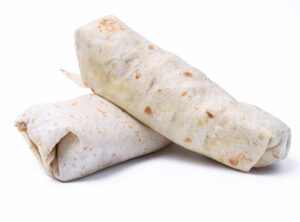
Chimichangas… Well, if Burritos are an American food invention, where do you think a deep-fried Burrito fits in to this equation. Yep, it’s believed to have its origins in Arizona.

Fajitas…The quintessential Tex-Mex contribution to our food world. The sights, sounds, smells and unmistakable taste of seared or charred beef skirt steak on a hot oval skillet is 100% delicious and 100% American.
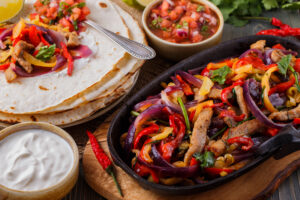
Loaded Nachos… You’ll certainly find fried corn tortilla chips tomato salsa, guacamole and the white, queso fondido cheese dip in Mexico.

What you won’t find in an authentic Mexican restaurant is a platter of chips buried under an avalanche of seasoned ground beef, yellow cheese sauce (Velveeta or otherwise), and all the toppings we typically associate with this American bar-food favorite.
Chili con Carne… One of the first Tex-Mex foods to originate “North of the Border”. It’s introduction of cumin, which was not typically used in Mexican cuisine, combined with ground beef, tomatoes and chilis made this iconic dish truly different.
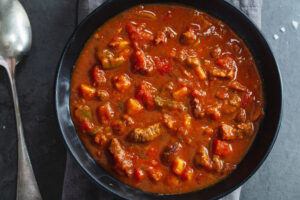
Historically, similar dishes were made in the Canary Islands and Morocco so this wasn’t a completely “off the wall” invention.
In fact, it became so popular in Texas that it was known locally as a “bowl of red”. It was even the featured dish at the Chicago World’s Fair of 1893 at the San Antonio Chili Stand and then eventually made the official state food of Texas in 1977.
Want to learn more about Chili? Check out a recent Red Goose Blog on White Bean and Chicken Chili and another one of our Blogs on the difference between Light and Dark Chili Powders.

